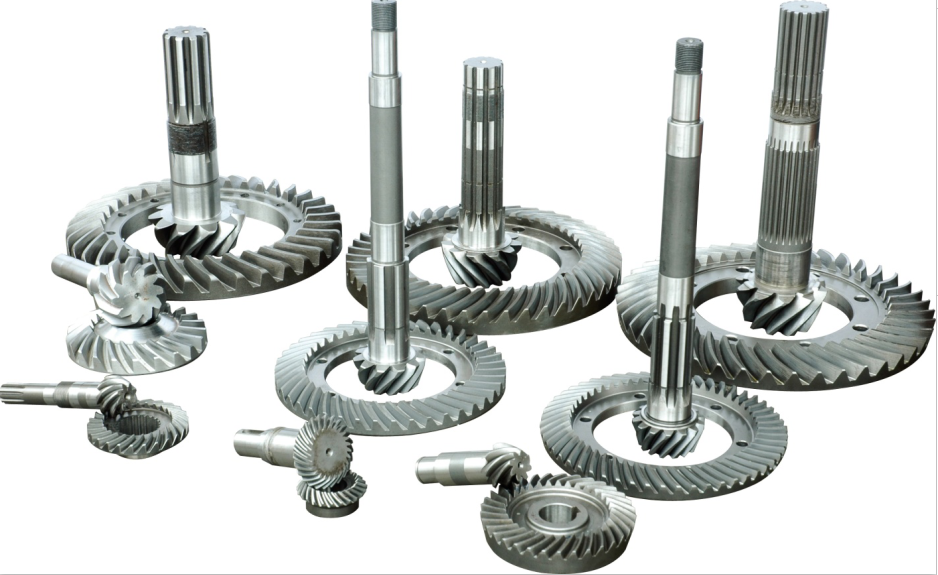Proper installation and maintenance are crucial for ensuring the optimal performance and longevity of worm gears. Here are some practical tips to consider:

- Alignment: Ensure proper alignment between the worm and the gear. Misalignment can lead to increased wear, noise, and reduced efficiency. Follow the manufacturer’s guidelines for alignment tolerances and use precision alignment tools if necessary.
- Mounting: Securely mount the worm gear assembly to prevent movement or vibration during operation. Use appropriate mounting methods such as keyways, set screws, or clamping mechanisms based on the specific design and application requirements.
- Lubrication: Proper lubrication is essential for smooth operation and reducing friction and wear. Follow the manufacturer’s recommendations for lubrication type, viscosity, and frequency. Regularly monitor lubricant levels and perform scheduled lubricant changes as necessary.
- Sealing: Ensure effective sealing to prevent contaminants, such as dust and moisture, from entering the gear assembly. This helps maintain the lubricant quality and prolong the life of the gears. Use appropriate sealing solutions, such as lip seals or labyrinth seals, based on the operating conditions.
- Load and Speed Considerations: Operate the worm gear within the specified load and speed limits outlined by the manufacturer. Exceeding these limits can lead to premature wear, overheating, and potential failure. If the application requires operating near the limits, consult with the manufacturer for customized solutions.
- Periodic Inspections: Regularly inspect the worm gear assembly for signs of wear, damage, or abnormal noise. Check for any loose fasteners or abnormal vibrations. Perform visual inspections and, if necessary, conduct more detailed inspections, such as dimensional measurements or non-destructive testing, to assess the gear’s condition.
- Maintenance Schedule: Develop a maintenance schedule based on the gear’s usage and operating conditions. Include activities such as lubricant checks, lubricant changes, inspections, and any other specific requirements recommended by the manufacturer. Adhere to the maintenance schedule to ensure the gear’s optimal performance and minimize the risk of unexpected failures.
- Training and Documentation: Provide proper training to maintenance personnel on the specific requirements of worm gear installation, maintenance, and troubleshooting. Maintain detailed documentation of installation procedures, maintenance records, and any modifications or repairs performed on the gear assembly.
- Expert Consultation: If you encounter any issues or have specific concerns about the installation or maintenance of worm gears, consult with experienced gear manufacturers or application engineers. They can provide guidance, troubleshoot problems, and offer valuable insights based on their expertise.
By following these practical tips, you can enhance the performance, reliability, and service life of worm gears in your applications. Remember to always refer to the manufacturer’s guidelines and specifications for your specific worm gear assembly, as recommendations may vary based on the design and operating conditions.
